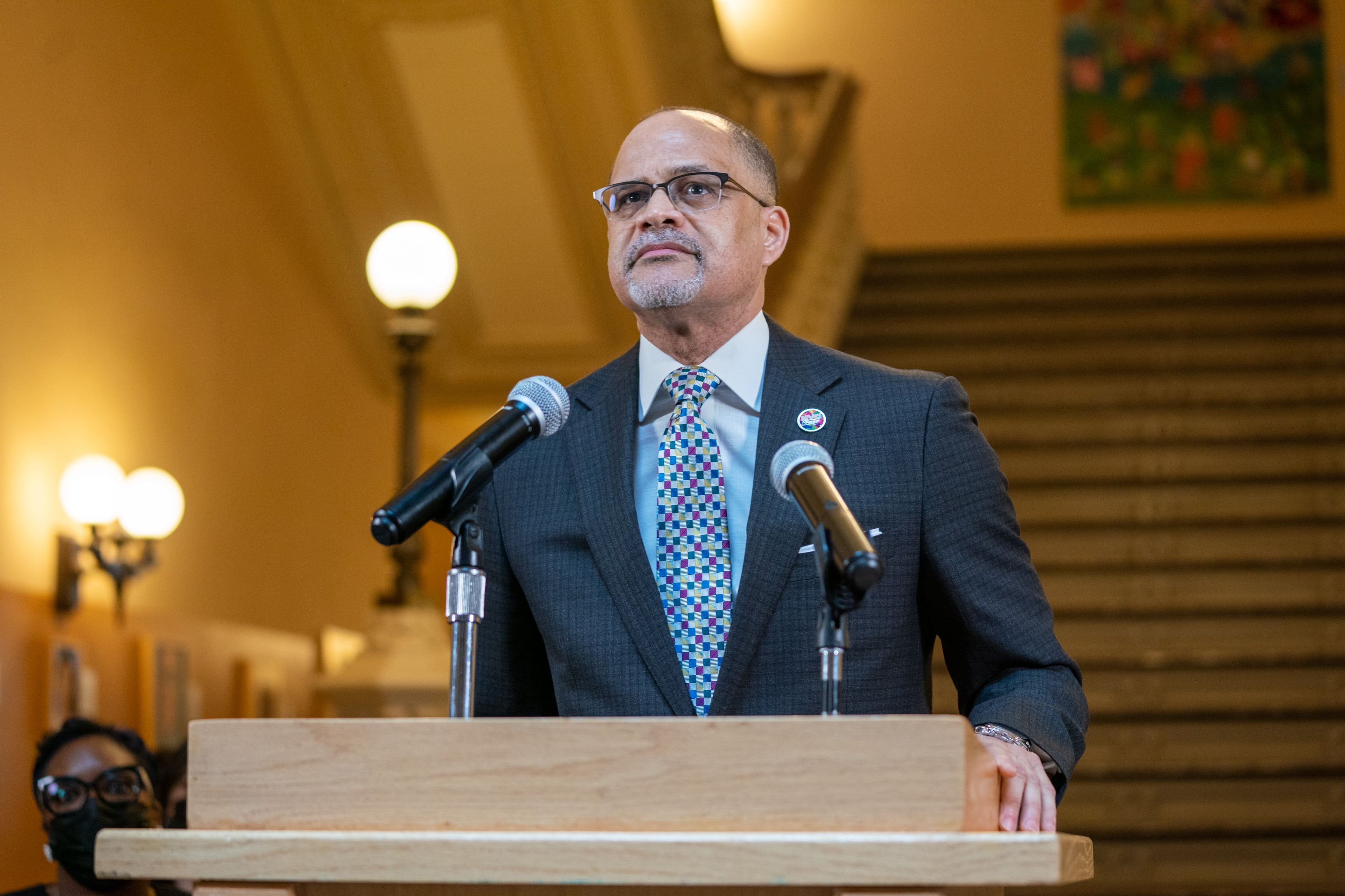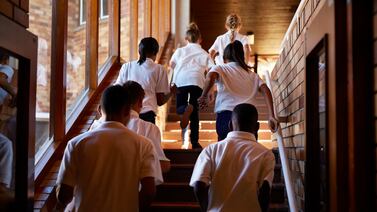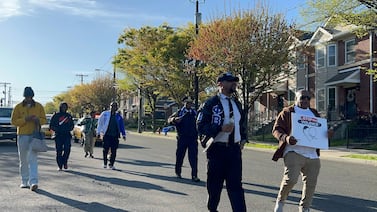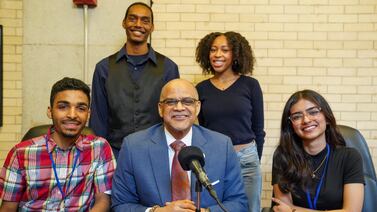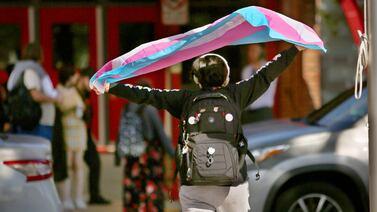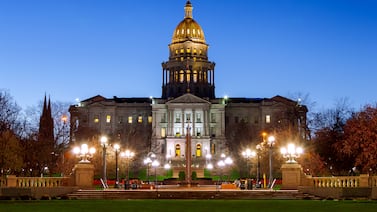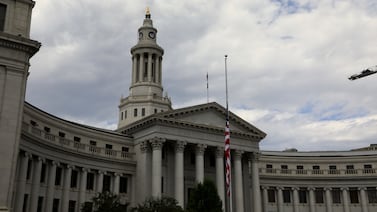Sign up for Chalkbeat New York’s free daily newsletter to keep up with NYC’s public schools.
New York City botched its communication to schools in response to last week’s record rainfall, Chancellor David Banks acknowledged on Tuesday. He vowed to conduct a review of what went wrong.
Hours after the school day began last Friday, Mayor Eric Adams and Banks said during a press conference about the storm that schools should shelter in place, which typically means that no one is allowed to enter or exit campuses. The Education Department issued the same directive soon after on social media.
But that order was never directly communicated to school principals, Chalkbeat reported on Monday. The communication breakdown created confusion about which procedures campus leaders should have been following in the middle of an emergency.
Banks issued a mea culpa during a Tuesday press conference when asked about the lack of communication.
“This incident does suggest to us that we needed to have a clearer level of communication all the way through,” he said, adding that schools ultimately kept children safe during the storm. “We can do better, and I think we will certainly be working to do better next time.”
The chancellor also suggested that the Education Department never intended to issue a typical shelter-in-place order in the first place. “What we’re trying to say to everybody was: ‘Stay where you are. Don’t send kids out to the streets.’”
A shelter-in-place order was the “closest thing our policies have for taking refuge in buildings,” but that approach is “ill-fitting to last week’s circumstances,” Banks said in a written statement after the press conference.
Ten school administrators told Chalkbeat that they did not enforce the shelter-in-place order largely because they weren’t aware it existed. The first official communication about it came in a 1:56 p.m. email that day to school leaders notifying them that the order had been lifted.
With many parents rushing to schools to pick up their children before the school day was over, enforcing a systemwide shelter-in-place order would have created “a level of chaos” because parents would not have been allowed to do so, Banks told reporters.
The Education Department is conducting a review of what happened “to identify policies and protocols that must be updated to account for increasingly frequent events like Friday’s rain or the air quality emergency this summer,” according to Banks’ statement.
A department spokesperson did not respond to questions about the timeline for completing that review or whether it will be made public.
The chancellor’s comments represented a departure from the Education Department’s position just a day earlier.
On Monday evening, a department spokesperson did not acknowledge any errors in communication and pointed to the mayor’s Friday press conference and subsequent social media posts as sufficient notice to schools about the shelter-in-place order.
Adams has faced intense criticism for not directly addressing the public about the storm until after some neighborhoods had already flooded, though he has largely avoided any acknowledgement that the city’s response was inadequate. Adams also deflected blame for the unclear communication to schools, implying that he hadn’t used the words “shelter in place” on Friday — even though he was the first official to publicly use the phrase. He also said that “the chancellor made a determination of what should be done.”
One Queens assistant principal said they were glad the chancellor acknowledged the miscommunication.
“I appreciate [Banks] taking the responsibility,” said the assistant principal, who spoke on condition of anonymity.
The school leader said the city should resist the urge to make blanket directives during similar emergencies in the future, as some campuses experienced significant flooding and others were largely untouched.
“There’s no citywide guidance and directive that they should have made other than: ‘Be safe and please be in touch with your borough offices,’” the administrator said.
Alex Zimmerman is a reporter for Chalkbeat New York, covering NYC public schools. Contact Alex at azimmerman@chalkbeat.org.


